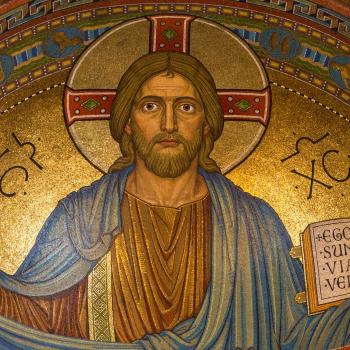On August 15th, the Catholic Church will celebrate one of its oldest and most important feast days: The Assumption of Mary.
This feast day celebrates the end of Mary’s life on Earth when God, the Father, took her into Heaven, body and soul together.
Much like the Immaculate Conception and Mary’s perpetual virginity, you won’t find this event in the Bible. The belief in Mary’s assumption is a part of our Tradition that has survived since the age of the apostles, and it plays a very important role in our understanding of the Virgin Mother.
It should first be understood that it is required of all members of the Catholic Church to accept the Assumption as truth. In 1950, Pope Pius IX, in the apostolic constitution Munificentissimus Deus, declared ex cathedra (meaning “from the chair”) that the Assumption of Mary is an infallible doctrine of the Church.
[B]y the authority of our Lord Jesus Christ, of the Blessed Apostles Peter and Paul, and by our own authority, we pronounce, declare, and define it to be a divinely revealed dogma: that the Immaculate Mother of God, the ever Virgin Mary, having completed the course of her earthly life, was assumed body and soul into heavenly glory. Munificentissimus Deus 44
Keep in mind that this statement only made the Assumption a required belief of the Catholic faithful; it did not create that belief. As I already mentioned, the belief itself is as old as the Church, and was held by those who knew Mary personally. In fact, it has been so crucial to the Church’s history that within the Rosary prayers there is an entire decade dedicated to meditation on the Assumption.
So why is this doctrine important to our Catholic faith?
If we truly understand Mary’s nature — pure, immaculate, and ever virgin — then the Assumption would be the only logical and fitting end to her life.
Remember, Mary was unlike any other person who has ever, or will ever, exist. While our bodies are stained with original sin, Mary’s was not. She was perfect in body, perfect in spirit, and in full communion with her son, the Savior. Her flesh could not suffer the same decay and corruption that ours surely will.
This actually brings up an interesting point to consider. The Church has provided great care and reverence to the remains of those important to Christian history. The bones of Peter, for example, are buried under the altar of St. Peter’s Cathedral. In fact, all Catholic churches have a Saint’s relic buried under its altar. That’s how important remains of the faithful are to the Church.
Knowing this, one can surely understand that, if the body of Holy Mary, Mother of God was still part of this Earth, the Church would have entombed and enshrined it — most likely within the Vatican — and we can only imagine the pilgrimages that would be made to visit it.
But that isn’t the case, because we don’t have the body of our Blessed Mother. Like her Son, she was assumed into heaven.
Starting with the Immaculate Conception, the Assumption of Mary acts as the perfect completion of her faithful service to God on Earth. It was the final grace bestowed upon her, to be taken up body and soul and crowned Queen of Heaven.
But there’s also something else to keep in mind.
According to the Catechism: the Assumption of the Blessed Virgin is a singular participation in her Son’s Resurrection and an anticipation of the resurrection of other Christians.
Through Mary’s assumption, we see, for the first time, the fulfillment of God’s promise to His faithful, that through salvation in Christ, we too will one day be joined together in perfect flesh and spirit.
Not only does Mary’s Assumption complete our understanding of her divine nature, but also puts on display for us the fruits of our own labors for the Father — a reminder of what awaits each of us after death.
By contemplating Mary in heavenly glory, we understand that the earth is not the definitive homeland for us either, and that if we live with our gaze fixed on eternal goods we will one day share in this same glory and the earth will become more beautiful. Pope Benedict XVI










